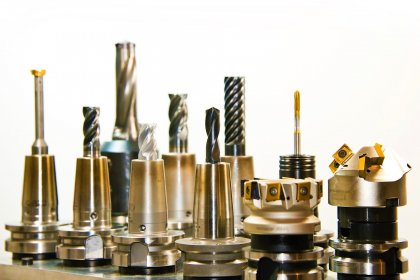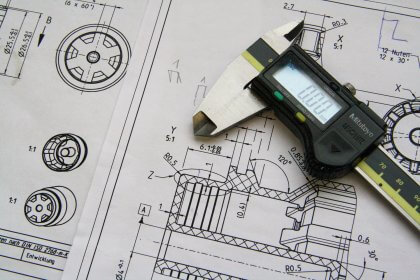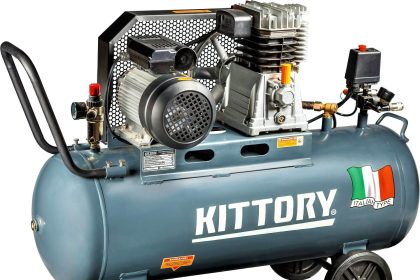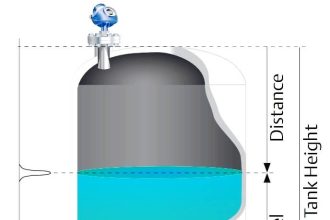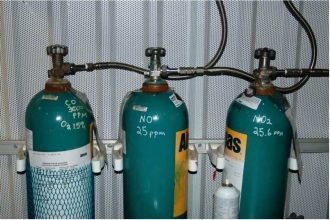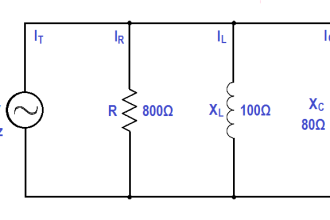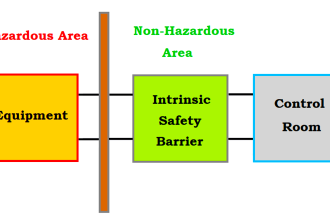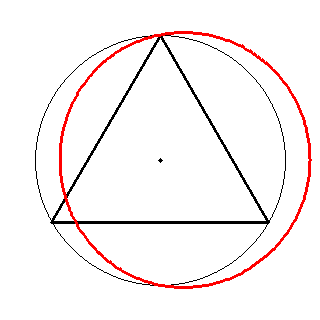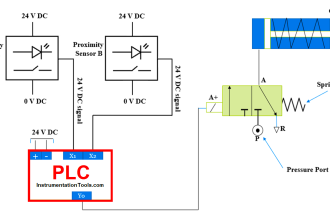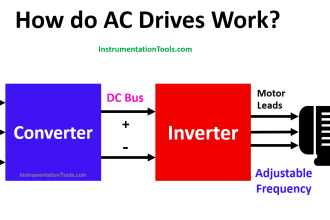The weighing scales are found in many industries, almost every plant may have a weigh scale. It is a very important component because you need to check how much material you are dispatching, receiving, or transporting.
Without a weighing scale, you cannot function a plant system properly. Like every device, industrial weighing scales too require maintenance on time. This ensures longer life as repeated failure of this equipment can prove too costly for plant operations. In this post, we will see how to do preventive maintenance of weighing scales.
Maintenance of the Weighing Scale
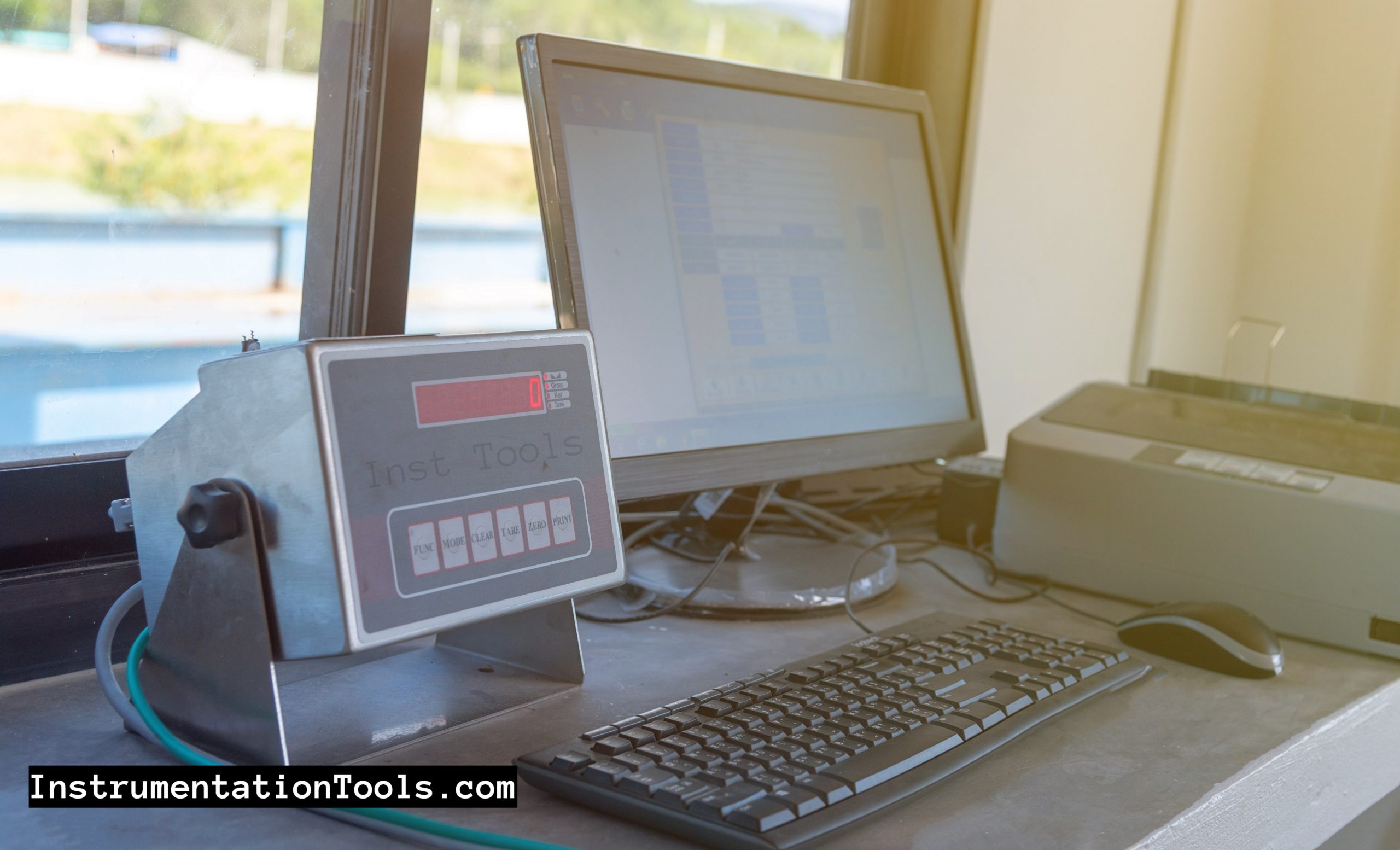
Weighing scales are electrically operated devices. Some are battery powered and some require direct power. Mostly, issues occur in battery-powered ones.
Either the battery can go dead quickly, become faulty, or give low power output. So, it is necessary to frequently check batteries and replace them if necessary.
Many operators do not check the loading capacity of the scale. If its maximum range is 1000 kg, then they will intentionally or unintentionally place a load of higher than 1000 kg for getting their work done. Overloading is not good for the performance of the scale, as it will deprive it after some time of its performance. It can damage the internal load cell of the device.
Cleaning is the best solution for maintenance. When you are loading or unloading material on the scale, it can accumulate dirt, dust, or other contaminants on its surface. If it reaches its internal parts, it can damage them after prolonged use. So, regularly clean the scale, avoid touching sensitive parts for cleaning, and read the SOP of the scale for its cleaning. It will clearly state the liquid to be used for this purpose.
Visual inspection is a great tool for maintenance. Often operators ignore it and do not see the scale properly. Check for any hardware damage, broken wire, incorrect weight display, broken display, or any abnormal sound coming.
As the weighing scale is an electrical device, it must be properly grounded, connected to earth leakage circuit breakers, and other safety which will provide safety to the device and nearby personnel from any shock, voltage fluctuation, or damage.
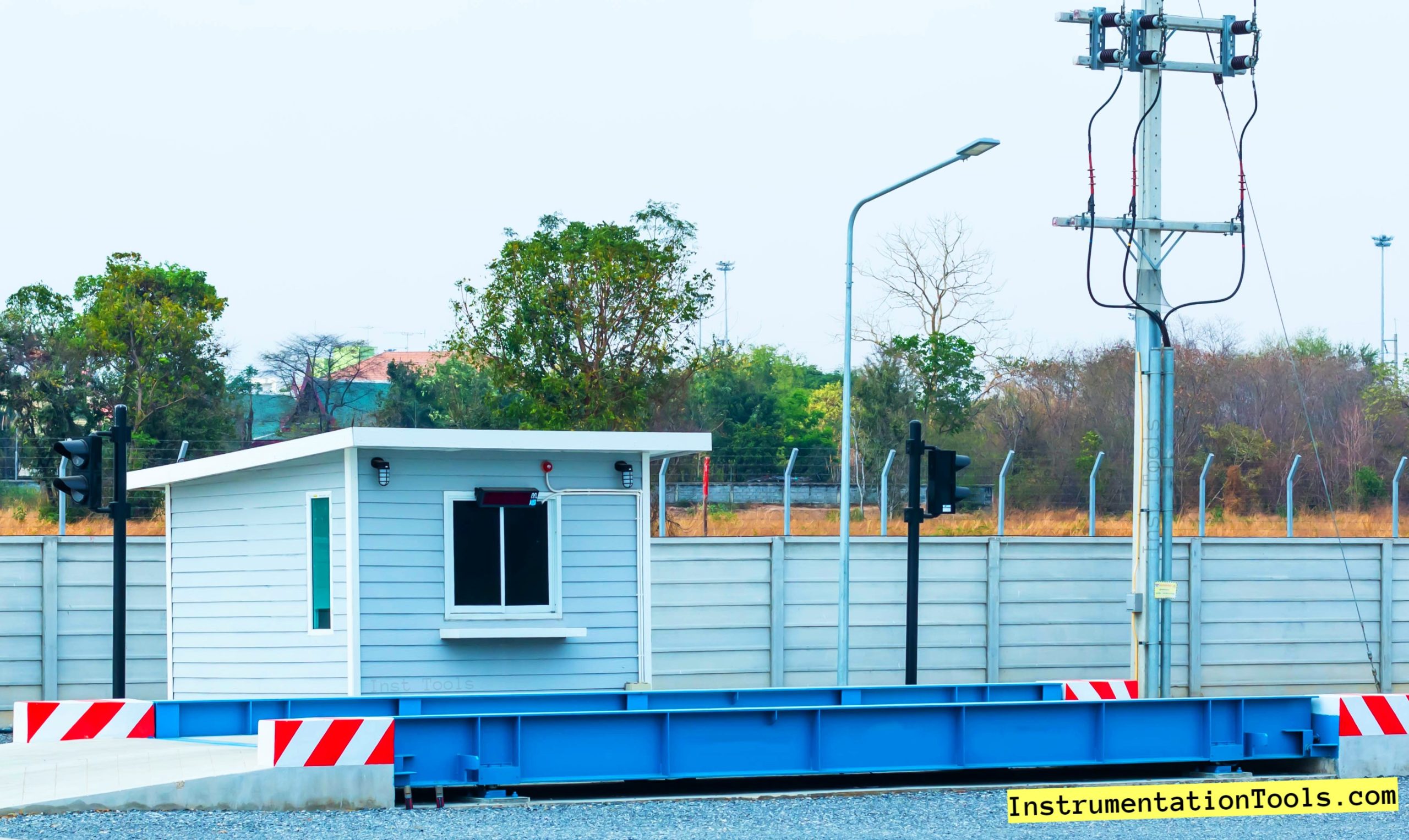
Always touch the scale by wearing proper PPE, hand gloves, safety glass, or protective clothes.
Electrical devices must be conducted with risk assessment. This will potentially warn the operators of any safety hazards or risks involved in operating it.
Every display has some error code in it to show what is the fault. If any code appears on the display, check it and try to troubleshoot. Ignoring the error code is not a good sign for the performance of the weighing scale.
An electronic device cannot function without its software inside. So, a scale must be regularly checked with its vendor for any firmware or software update for proper functioning.
At Least calibrate the scale once a month, so that you get accurate weight readings. If it is not done, then there are chances that you may get improper readings and affect your performance. So, timely calibration is also a must; also because different types of loads can have some effects on the weighing of the scale.
Maintain proper documentation of the maintenance schedule like calibration dates, maintenance tasks, the date on which repair was done, or other data related to maintenance. This will help the engineers to keep a record of the scale performance and how to maintain it in the future.
Check all the legs of the scale are touching the surface. It happens that after some course of time, some screws may become loose. This can lead to an unbalance of the scale mounting. And if some heavy or critical load is placed on the scale, it can fall down and become unsafe for operation.
Read Next:
- Valve Commissioning
- What is a Pilot Valve?
- What is a Poppet Valve?
- Valve Flow Direction
- Solenoid Manual Reset


